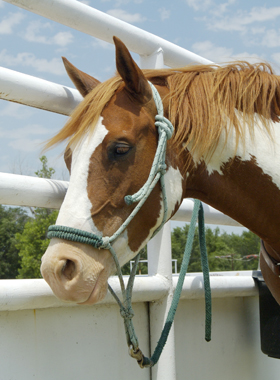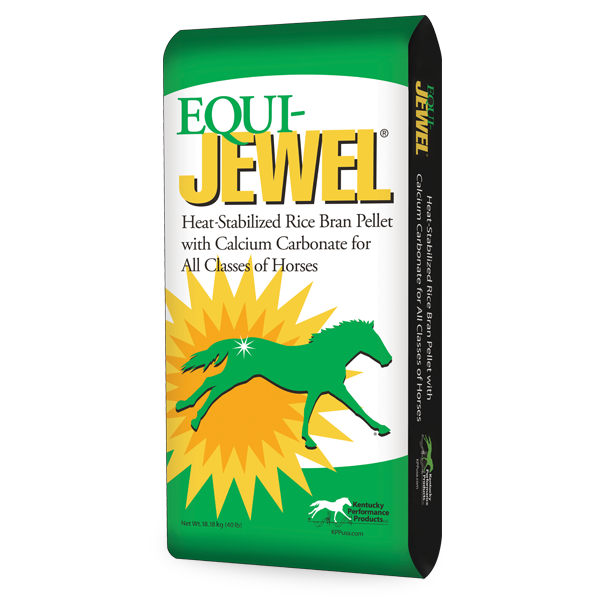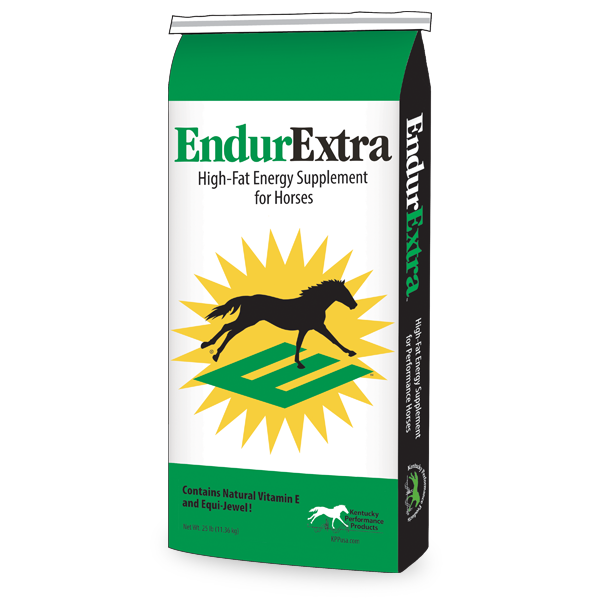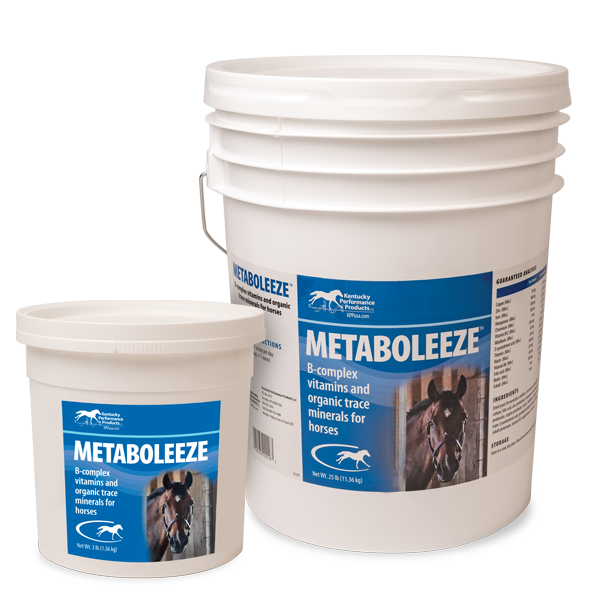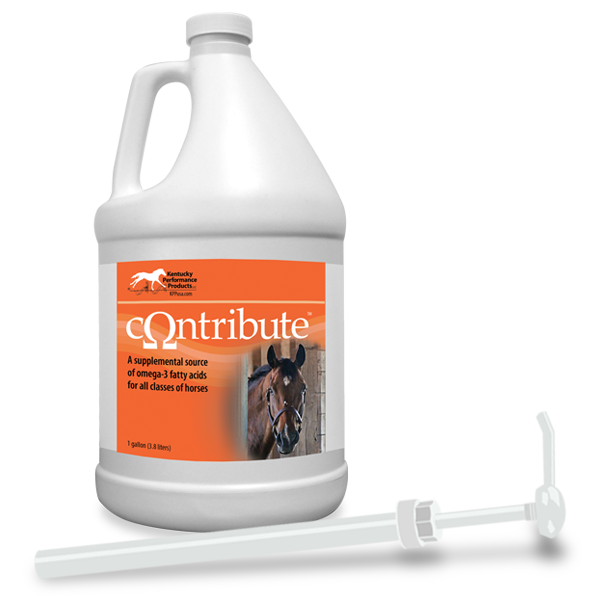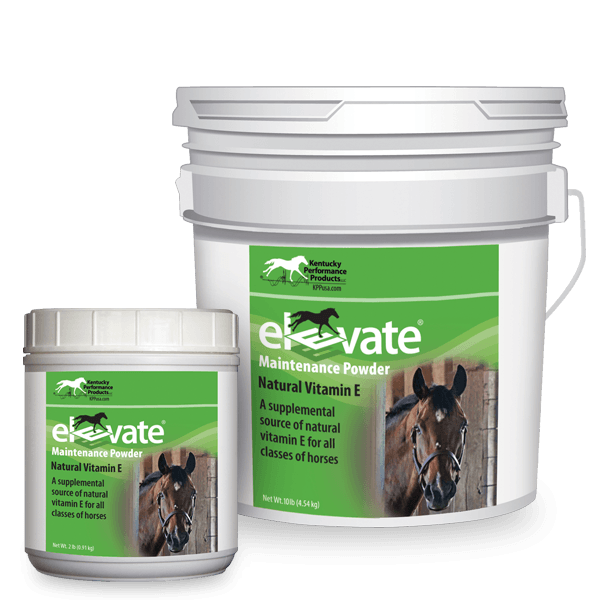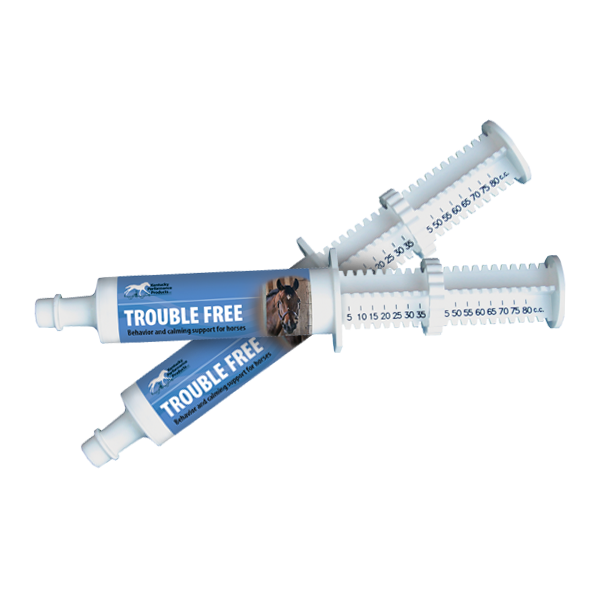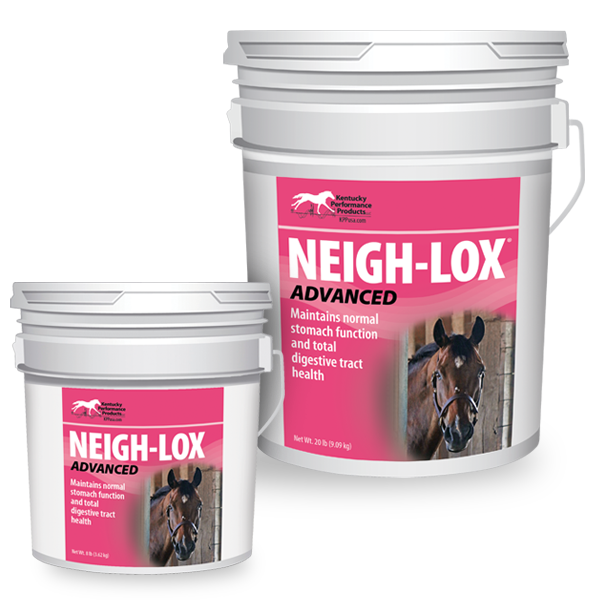Different diagnoses. Similar solutions.
The causes of the more common muscle disorders horses suffer from include (1) an inability to release stored muscle energy: PSSM or EPSM and (2) an inability to regulate calcium ions in muscle cells: RER.
Polysaccharide storage myopathy, or PSSM, is a muscle disorder that is more often found in Quarter Horses and other stock breeds. Horses experience a painful condition commonly known as “tying-up.” Their large gluteal muscles appear to seize and their locomotion is severely limited. Equine polysaccharide storage myopathy (EPSM) is more common in draft breeds and warmbloods, and while it is distinguished clinically from PSSM it appears to have a very similar pathway and results in the same painful tying-up.
Horses suffering from recurrent exertional rhabdomyolysis (RER) are generally racehorses and can be a variety of breeds, including Thoroughbred, Quarter Horse, Arabian, or Standardbred. The causes of RER are less clear but what is understood thus far is that exercise and/or excitement triggers the problem and the end result is very similar as described above for PSSM and EPSM: the horse’s gluteal muscles “tie-up” and movement becomes painful and labored. Although they are different breeds with different workloads and conformations, their nutrition can be managed similarly.
Managing horses suffering from muscle disorders requires simple but thoughtful changes to their daily nutrition. Changing energy sources from nonstructural carbohydrates (sugar/starch) to high-quality fats can either resolve or greatly improve the degree and occurrences of tying-up. Horses suffering from EPSM or PSSM cannot effectively utilize the energy they digest from grains and other starch sources. However, when horses are provided calories from readily fermentable fiber, such as beet pulp, and energy-dense fats from sources such as rice bran, they can acquire sufficient energy without the high quantities of sugar/starch that can trigger an episode of tying-up.
Likewise, horses diagnosed with RER can find sufficient “cool” or “calm” calories in fat and fiber sources recommended for PSSM or EPSM horses. Feeding grains and feeds high in sugar/starch can lead to a spike in blood glucose, thereby triggering excitability and nervous activity in many racehorses. Therefore, offering these horses feeds that minimize the glucose spike and reduce the degree of excitability experienced in RER-prone horses may prevent or decrease the occurrences of tying-up and muscle damage.
Important Considerations:
Fat
High-quality fats are ideal sources of calorie-dense energy. Fat is an excellent alternative energy source for horses that are prone to many types of muscle disorders. Fat does not cause a spike in blood glucose like grains and other starch sources can, thereby tempering excitability. Fat also provides alternative energy for horses that cannot utilize nonstructural carbohydrates (NSC) effectively and tie-up as a result of grain and starch/sugar consumption, e.g., horses diagnosed with PSSM or EPSM.
Natural vitamin E
Horses need to consume vitamin E to support their immune system and for proper muscle function. Horses that consume the majority of their forage from hay may not be receiving optimal amounts of natural vitamin E, as the fat-soluble vitamin is quickly lost from drying hay. Vitamin E can assist in repairing damaged muscle tissue resulting from general muscle fatigue, as well as from episodes of tying-up. Sources of natural vitamin E are significantly more bioavailable than synthetic vitamin E and so should be the supplement of choice for working horses and those experiencing muscle disorders.
Electrolytes
Exercising horses should always be supplemented with quality electrolyte supplements. This will help to ensure that proper water balance and hydration are maintained. Proper hydration and electrolyte supplementation can help delay muscle fatigue and subsequent tissue damage. Every horse should always have access to free-choice salt and fresh, clean drinking water.
Chromium
Chromium has been shown in studies to help exercising horses clear glucose faster, and it supports lower levels of lactic acid in muscle. Lactic acid hastens fatigue. Lower lactic acid levels improve stamina. Exercise increases a horse’s chromium requirements. In particular, horses with a history of RER (tying up) can benefit from supplemental chromium.
B Complex Vitamins
Horses in training can also benefit from additional B complex vitamins. Horses in light work and at rest synthesize enough B vitamins in their guts to meet their requirements. Hard-working horses that are under the stress of training and competing may not be able to meet their requirements on their own. Additional supplementation ensures increased needs are met.

